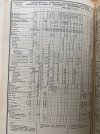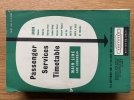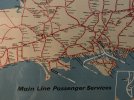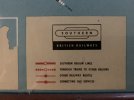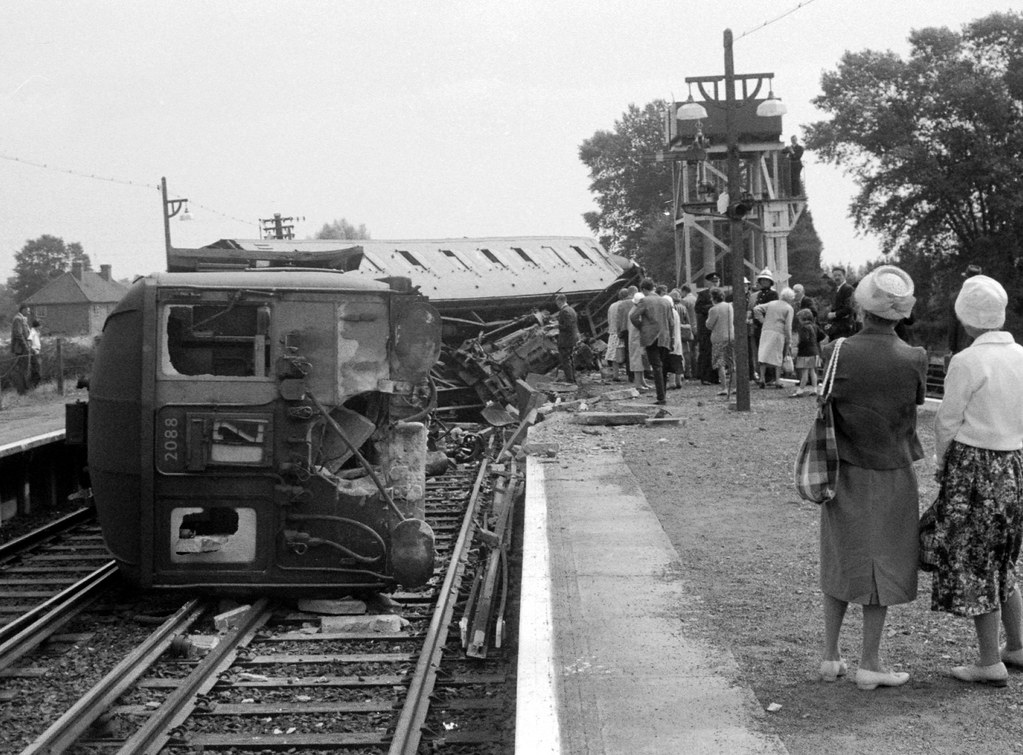JonB-G
New Member
I am writing a biography and need help identifying the possible year of a journey from Barnham Station (W Sussex) to Taunton. I was travelling to stay with a school friend for the Easter Holidays and I'm guessing that it is either 1962 or 1963 but all my other train trips, (to Victoria), were on an electric train whereas this one was pulled by a wonderful steam engine. However, it was extremely unusual to see a steam engine at that time so it must have been close to the end of that era. Any ideas would be very welcome.
Also, the ticket collector came along after the Chichester stop and advised me to count the seconds between the telegraph poles beside the track as they flashed passed and then to divide the resulting total seconds with ……. and here I must regret that I cannot recall the figure necessary to discover the speed of the train in miles per hour. If anyone can also help with the mathematical answer...................?
Most grateful for any help
Stay well
Jon
Also, the ticket collector came along after the Chichester stop and advised me to count the seconds between the telegraph poles beside the track as they flashed passed and then to divide the resulting total seconds with ……. and here I must regret that I cannot recall the figure necessary to discover the speed of the train in miles per hour. If anyone can also help with the mathematical answer...................?
Most grateful for any help
Stay well
Jon




